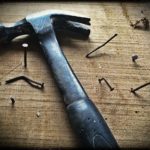What is a nail
Explanatory dictionaries describe a nail as a wooden or metal pointed rod with a head at the blunt end. But, unfortunately, such a meager description does not give a complete picture of this amazing invention of mankind. After reading this meager line, many imagine only a simple construction nail: a smooth knitting needle with a quadrangular point, which is sometimes “complicated” with grooves near the head. Meanwhile, this fastener can be different.
The content of the article
What is the shank of a nail?
The rod of this product can be cylindrical, cone-shaped, pyramidal and parallelepiped. The last option is the hardest to imagine, although all you have to do is look at an old railway spike - a nail that held the rails (and in some places still holds them) on wooden sleepers.
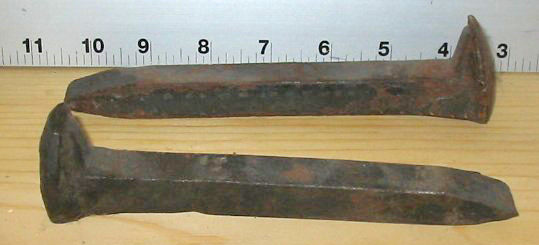
The rod can also be smooth, twisted, threaded or rough. The first option is the simplest - what we see with a construction nail.
Twisted or screw nail - a slightly more complex option, vaguely reminiscent of a drill. This shape allows it to be screwed into the material, thereby increasing the bonding strength. To pull out such a rod, you will need ingenuity, because you need to not just pull it, but turn it in the right direction.
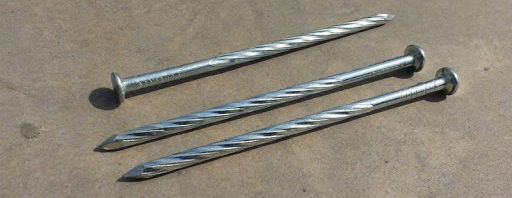
Dowel-nail with thread, which is driven, in fact, into the dowel, and is intended for fixing objects on brick, concrete or stone - a reliable fastener.This is a rather unique invention, which is driven into the wall with a hammer, sits firmly in it, but can be easily pulled out if necessary - you just need to arm yourself with a suitable screwdriver, hook it onto the slot in the head and unscrew the fastener.

Rough nail differs from previous versions by transverse notches. They start from the tip and can be located either along the entire length of the rod or occupy only part of it. Thanks to this feature, the wood fibers tightly cover the rod, after which each notch begins to play the role of a kind of stop. The result is logical: such a nail sits 4-5 times more securely than a construction nail and it will not be possible to pull it out - rather, the rod will break or the wood will not withstand it.
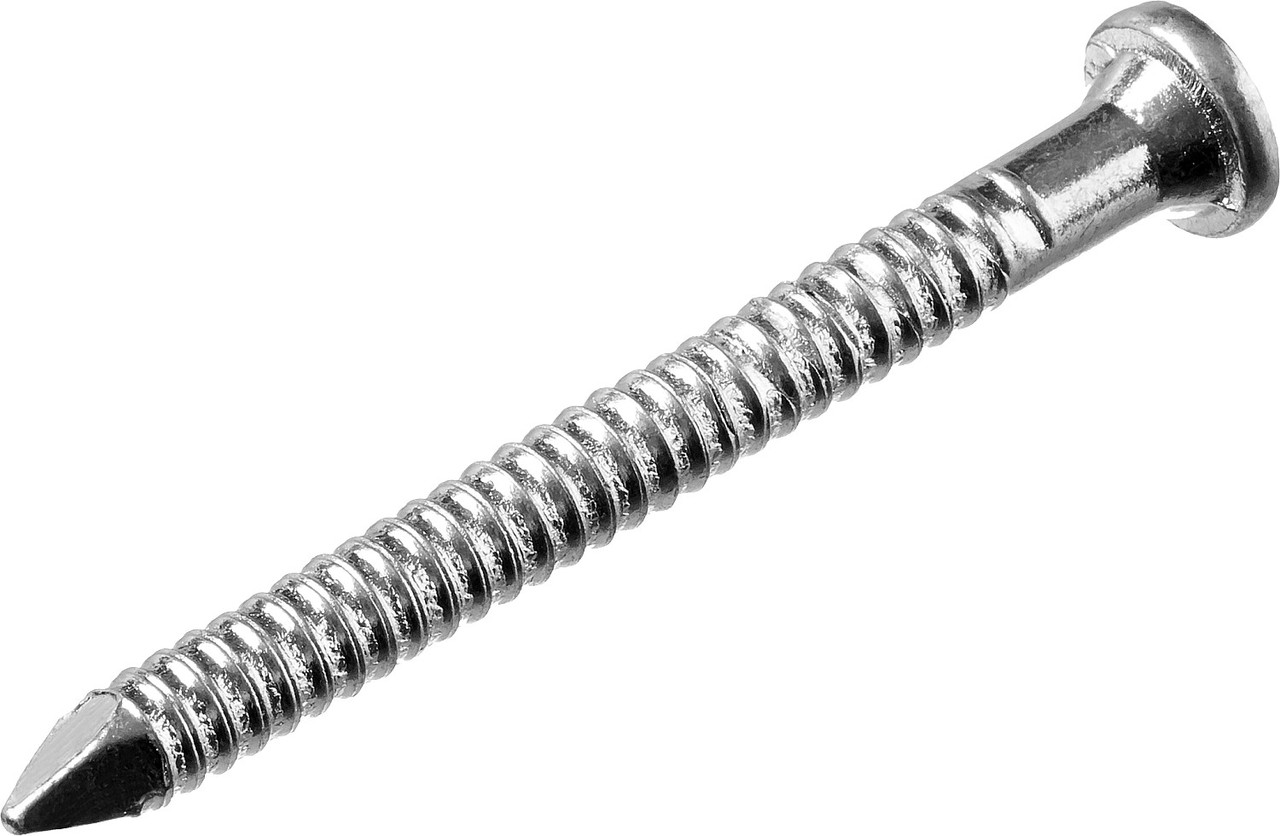
What type of hat is there?
Here, as in the case of the rod, options are also possible. Let's start with the fact that some nails do not have a head at all, for example, like a dowel or a pin. Such fasteners are designed primarily to prevent transverse (perpendicular to the axis of the rod) displacement of the parts being connected, without particularly interfering with separating the elements by removing them along the axis of the fastener.
If there is a cap, then it can be round or D-shaped, like the previously mentioned crutch. In this case, the head can be flat, convex, with a slot or notches. The shape in this case is also dictated by the purpose of the nail. But anyway the cap performs two important functions at once: it prevents the rod from excessively deepening into the material and reliably fixes the parts being fastened, preventing them from moving in any direction.
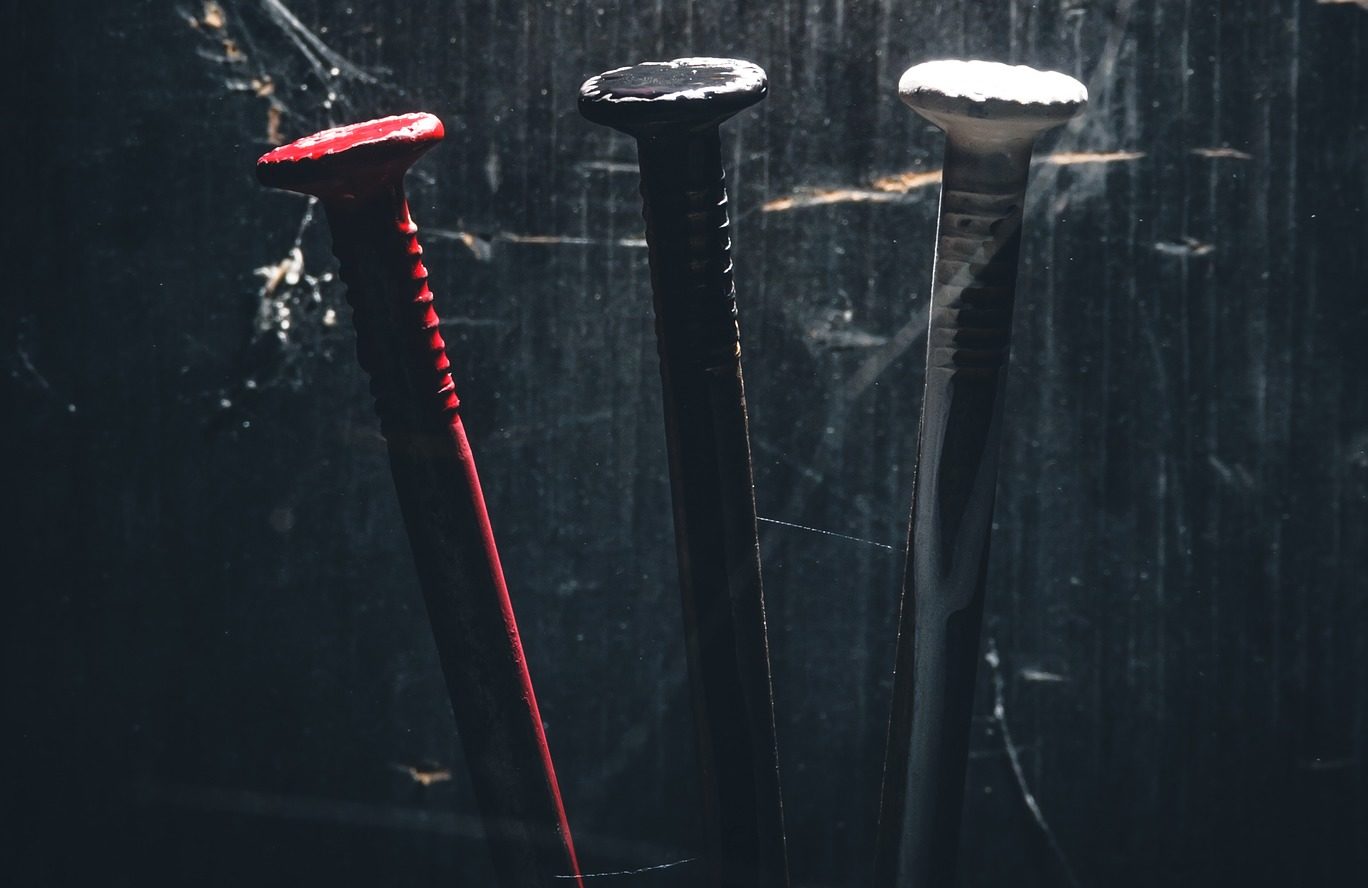
That seems to be all - the description can be considered complete. But if some important points were accidentally left out of this article, please tell me about it in the comments.

